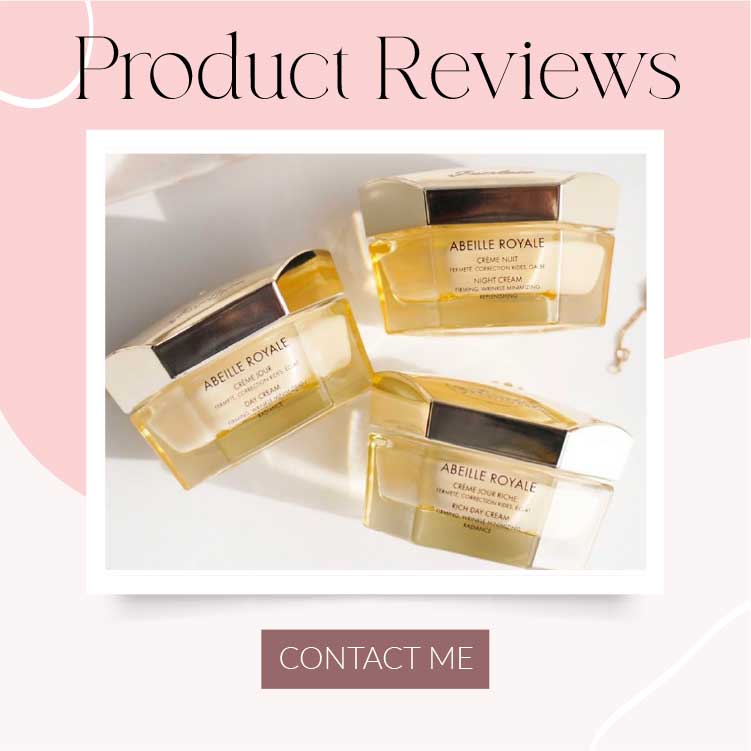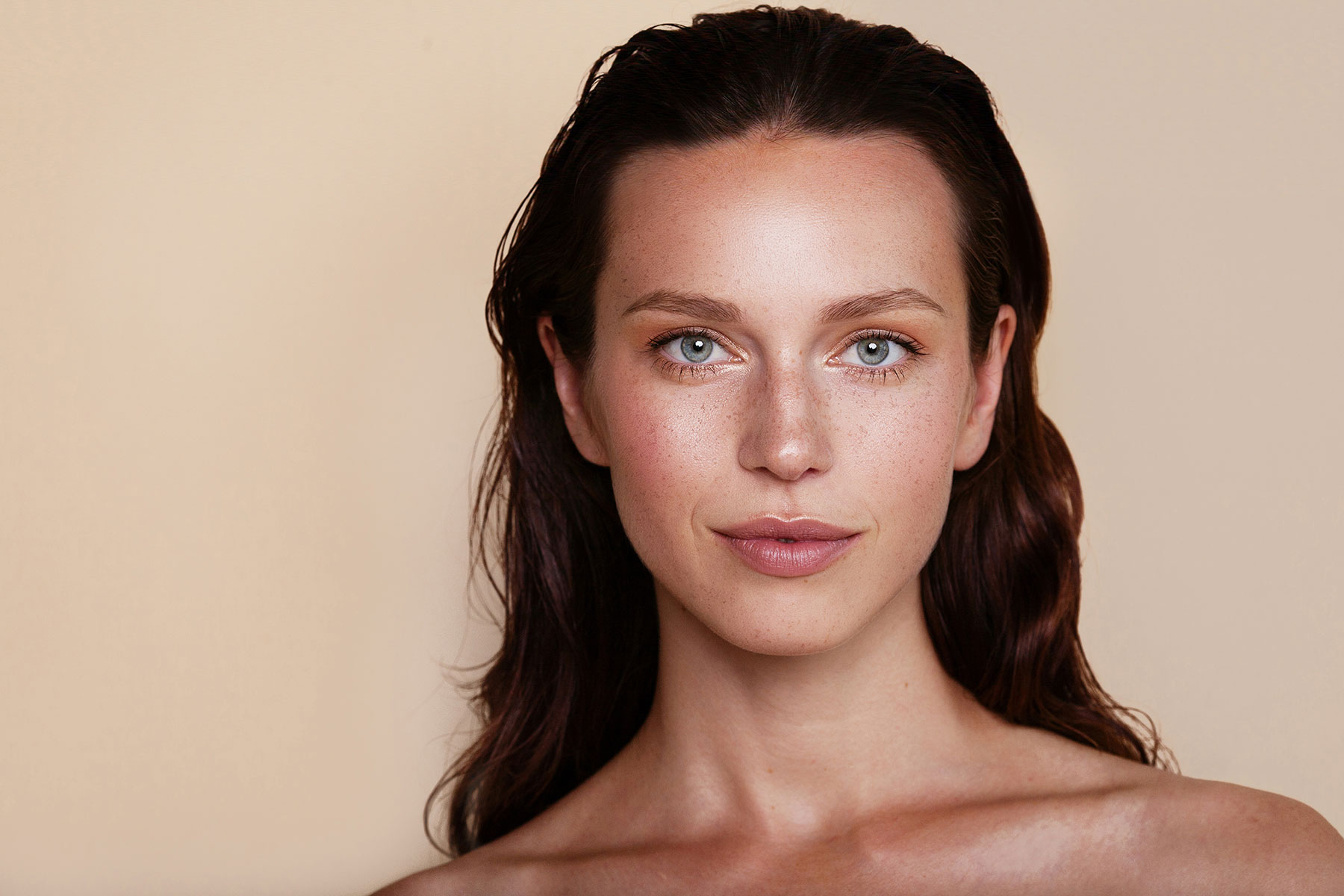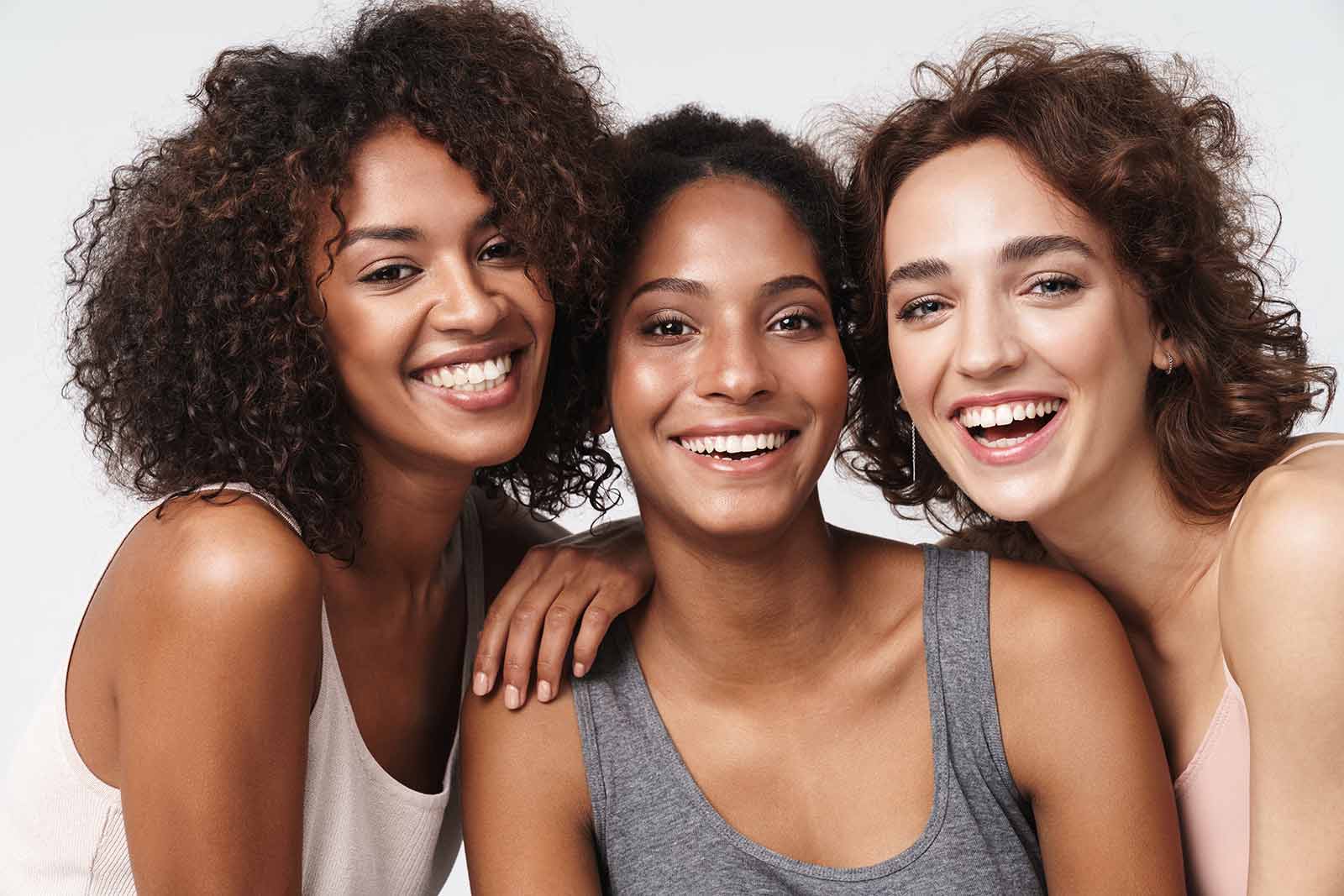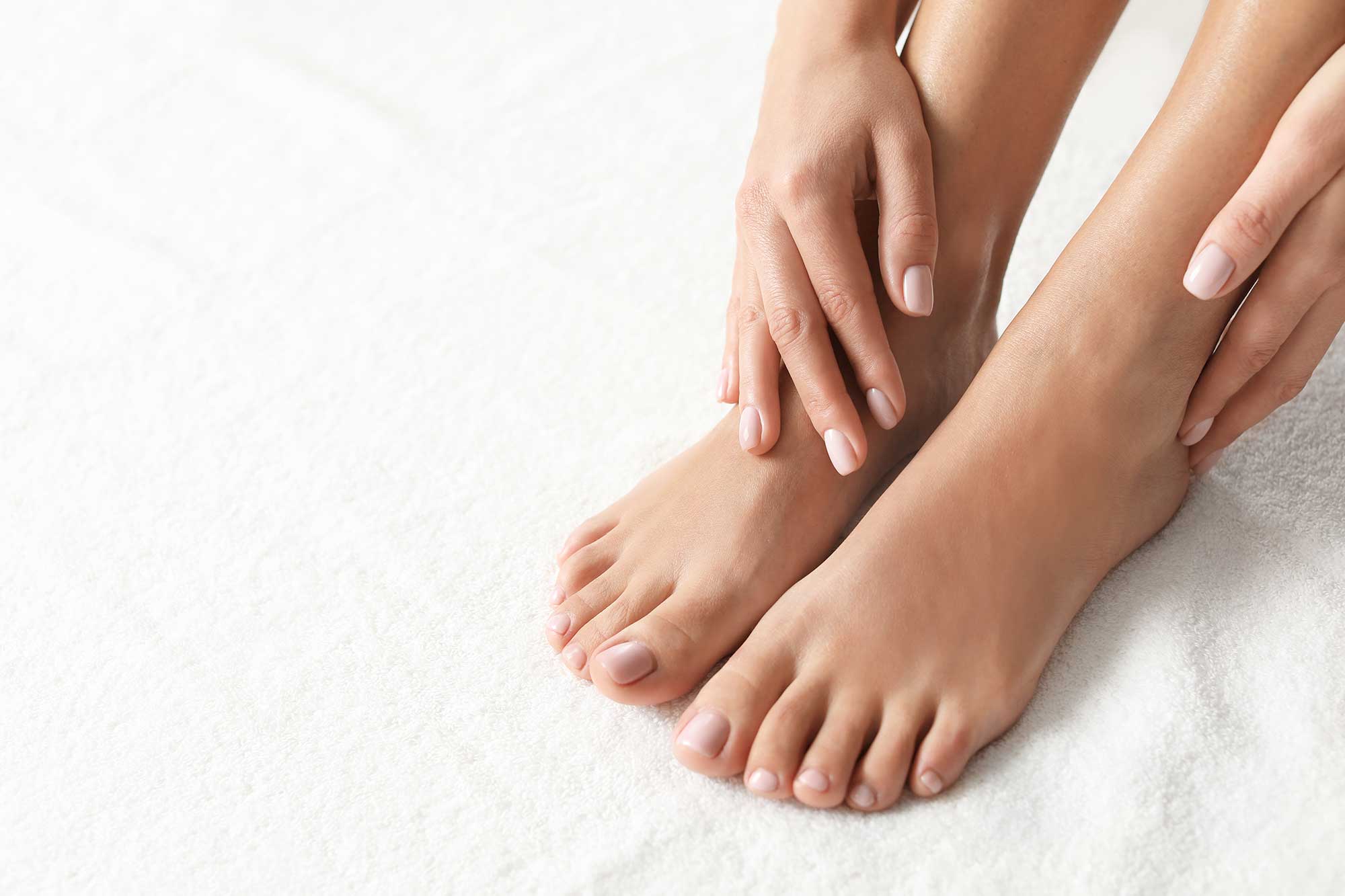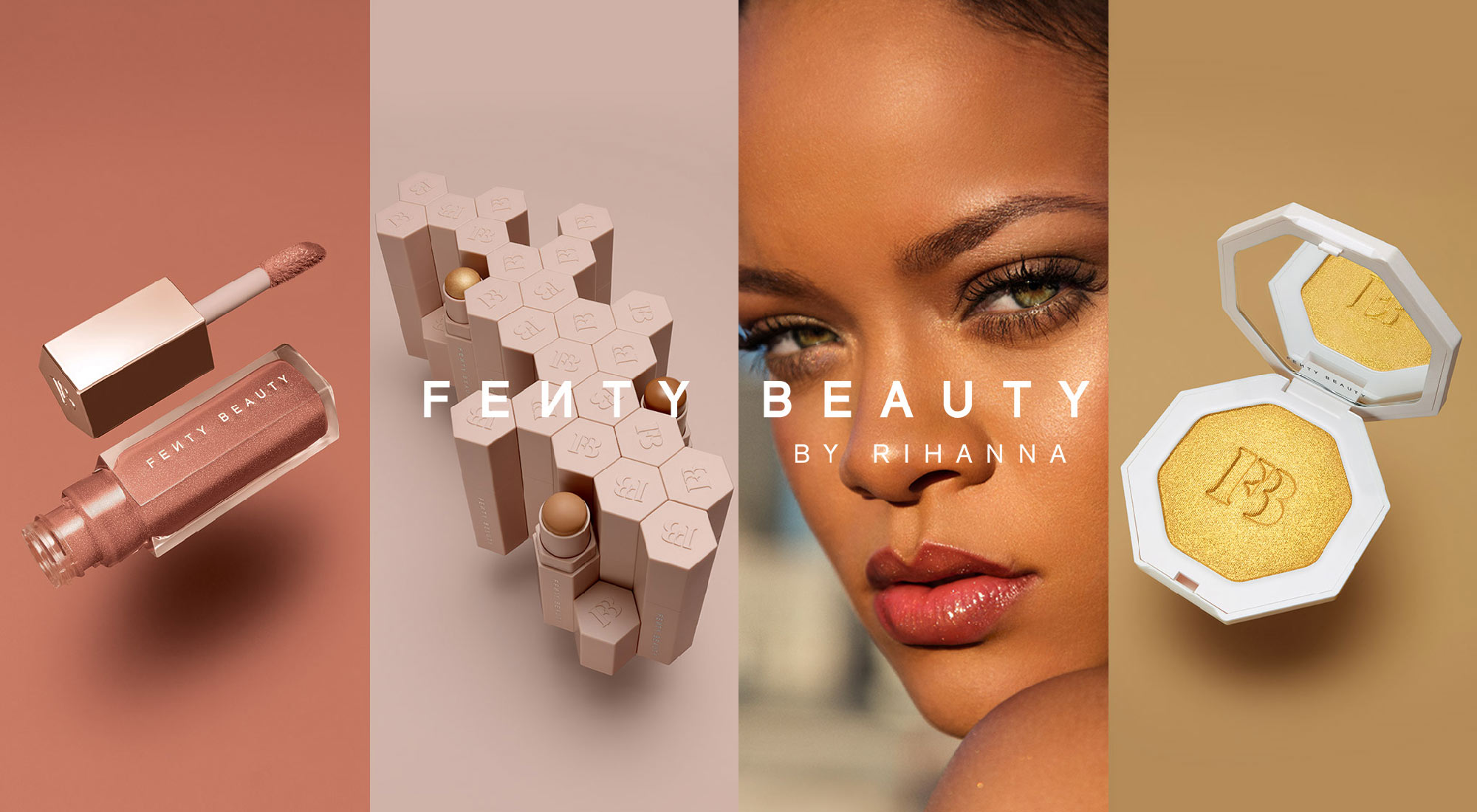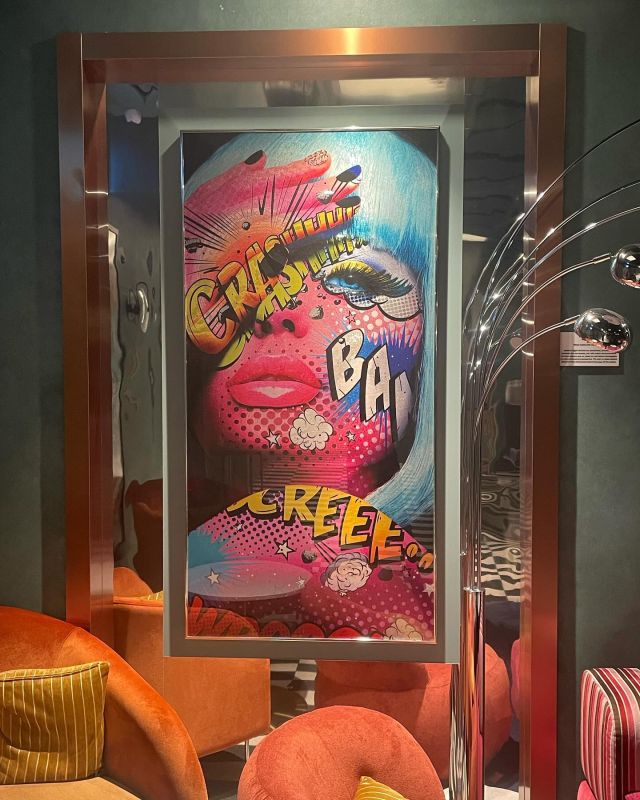What Is Luminizing / Strobing / Highlighting
Makeup at the moment is all about light. Call it luminizing, strobing or highlighting – these all mean the same thing. “Lifting” the areas of the face with light reflective particles adds a beautiful glow to the complexion. Done well, it can great a youthful dewiness.
Get-that-glow Products
There are a range of luminizing/strobing cremes, liquids, sticks and powders to choose from. I like to use translucent layers. I use Nude By Nature under my setting face powder. Over that, I apply a gossamer thin layer of powder luminizer. Examples include BECCA Shimmering Skin Perfector Pressed Powder (below). I use the Charlotte Tilbury Foundation Brush for creams and liquids, and depending on the area I am wanting to highlight, I choose a suitable size from the Sigma Beauty Baking and Strobing Brush Set. Another wonderful brush for highlighting is the Mermaid Chubby Brush.


Sigma Signature Brush Collection – Starter


How Apply Luminizer?

Apply your luminizer/highlighter to those areas you want to “sit up”, draw attention to. This includes the middle of the forehead, cheek bones, cupids bow, (sparingly) to the tip of the nose and chin.
Note: Applied with the wrong products to certain areas, luminizers can actually do the opposite. Because these particles are also absorbent, they can dry the skin. In some cases make the skin look crepey and exaggerate pores and fine lines. Use sparingly if you have enlarged pores, fine lines and wrinkles or bumpy skin. Less is more in this case.
As a rule for myself, being 47 with good skin, I still do have some enlarged pores on my cheeks. I keep my luminizer to a mimimum on wrinkly areas or those with larger pores. That way, I don’t draw attention to the larger pores or wrinkles.
What are these micro-mirrors that highlight the skin? When reading your ingredient list on your products, look out for the following ingredients in the top half of the list:
Main reflective ingredients used in cosmetics are:

-
Mica
- a group of crystallised mineral salts.
- a metallic-like form resembling thin rock sheets, or flakes
- strong, pearly-like iridescent lustre
- easily split and micronized to be used as an ingredient in skincare and makeup
- acts as a texturizer, filler and thickener
- used as a stabiliser to help pigments maintain their suspension in a formula
- helps increase “slip” and adhesion properties in a cosmetic
- reduces “clumping” of other powder ingredients, such as talc
- often bound to pigments as a colour and tone enhancer.
- transmits and reflects light adding a glittery-like shimmer or sparkle.

-
Silica (silicon dioxide)
- white or colorless mineral
- has a metallic-like reflective texture
- silica used in cosmetics is a cosmetic approved form of ground (rounded) silica microspheres
- natural absorbency and thickening properties
- used in cosmetics as an absorbing and thickening agent
- improves the smoothness, slip, and wear in foundations, creams, and powders
- strongly holographic so it possesses light reflecting properties
- used as a binder to pigments as a color brightener.

-
Titanium Dioxide
- occurs in nature as three crystallized forms: rutile, anatase, and brookite. in its
- natural state looks silver-gray, often with a multi-colored iridescent metallic tarnish9
- 95% of the world’s use for titanium processing is for the pure white pigment produced from it, and its ability to be a highly effective physical sunscreen agent.
- very high brilliance to it and excellent light scattering properties, yet it is strongly opaque
- the best cosmetic whitening ingredient
- very highly effective blocking the sun’s penetrating UVA and UVB rays.
That’s it for now about luminizing. I’ll keep you up to the minute as trends change.
Keep being beautiful!
Credits: Mica / Silica / Titanium Dioxide
References: 1. Paint and Powder Store
Save
Save



